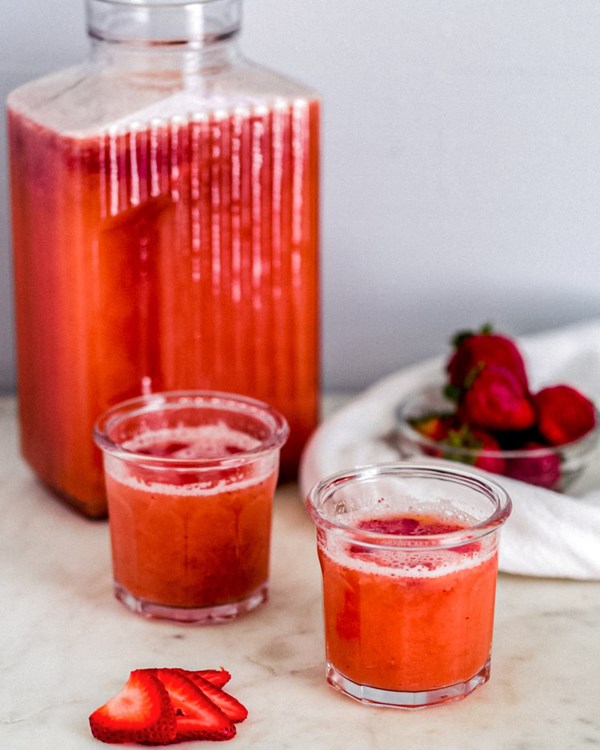Traditional foods of Juneteenth
June 14, 2021 by DarcieThe upcoming celebration of Juneteenth was first celebrated in Texas, where on June 19, 1865, in the aftermath of the bloody U.S. Civil War, slaves were declared free under the 1862 Emancipation Proclamation. One year after the announcement, freedmen in Texas organized the first of what became an annual celebration, known then as Jubilee Day. By the 1890s, the holiday was referred to as Juneteenth. Recent political and social events have ushered in a renewed interest in this celebration, which like all such events, features traditional foods. Oprah Magazine explains which foods are often served during Juneteenth festivities.

The most prominent feature of a Juneteenth spread is likely to be the vivid red foods. According to food writer Michael Twitty, the historical importance of red food goes back to the days of slavery in the southern U.S. Because most common foods of the time were rather drab, there was “an excitement that came with the rarity of eating red colored treats.” The fact that Texas was one of the last states to have slaves, and that many of those enslaved there came from African countries that were associated with red (primarily Yoruba and Kongo), also plays into the significance of the color.
Other foods associated with the holiday have a lot in common with some cultures traditional New Year’s foods in that they are meant to invoke good luck and prosperity. Lifestyle expert Michiel Perry says “prosperity meals,” which typically make up the side dishes served on Juneteenth, are a must. These include black-eyed peas and pork, collard greens, and corn, the last of which symbolizes gold. Although not a standard prosperity food, you will almost always find potato salad at a Juneteenth celebration as well.
Photo of LaKita Anderson’s summery strawberry punch for Juneteenth from The Kitchn
Categories
- All Posts (6940)
- Antipasto (2135)
- Author Articles (247)
- Book News (935)
- Cookbook Giveaways (983)
- Cookbook Lovers (257)
- Cooking Tips (109)
- Culinary News (299)
- Food Biz People (552)
- Food Online (791)
- Holidays & Celebrations (272)
- New Cookbooks (149)
- Recipes (1500)
- Shelf Life With Susie (231)
- What's New on EYB (133)
Archives
Latest Comments
- ccav on Food news antipasto
- ccav on What foods do you look forward to the most for each season?
- ccav on Danube Cookbook Review and Giveaway
- hibeez on How cookbooks can help build resilience
- Pamsy on What foods do you look forward to the most for each season?
- Pamsy on How cookbooks can help build resilience
- DarcyVaughn on Danube Cookbook Review and Giveaway
- hettar7 on JoyFull – Cookbook Review & Giveaway
- eliza on What foods do you look forward to the most for each season?
- kmwyman on Rooza by Nadiya Hussain – Cookbook Review and Giveaway